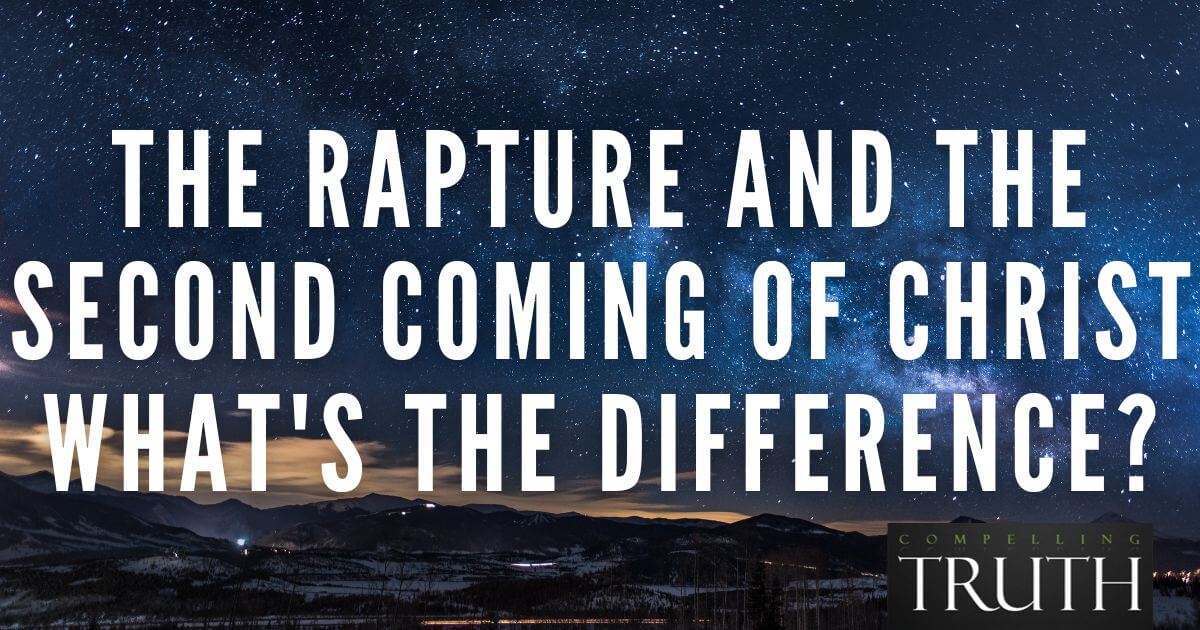The marriage supper of the Lamb marks the ultimate fulfillment of God's redemptive plan, where believers celebrate Christ's union with the Church in a joyous, eternal feast (Revelation 19:6–9). Old Testament passages like Isaiah 25:6–9, Hosea 2:16–20, and Psalm 45:6–17 foreshadow this event with imagery of a great banquet and a covenantal union between God and His people. In the New Testament, Revelation 19 reveals that the marriage supper follows the defeat of evil and the establishment of God's kingdom, with believers clothed in fine linen representing their righteous deeds (Revelation 19:8). The concept of the marriage supper parallels traditional Jewish wedding customs, with the betrothal, the groom's arrival, and the feast all mirroring stages of Christ's relationship with His Church. Christians today live in the betrothal phase, awaiting the final union with Christ, which will occur at either the rapture or after the tribulation. Believers are called to prepare for Christ’s return and to live faithfully in anticipation of this joyous celebration.
In the time when Revelation was written, a marriage included three major aspects. The first part included an agreement between the parents of the bride and groom that usually included a dowry paid to the bride. This is still practiced in some cultures, called a betrothal, and is similar to a wedding engagement in Western cultures.
The second part usually involved the groom coming to the home of the bride at midnight. He and his male friends would arrive with torches to come for his bride. This is illustrated in the parable of the ten virgins, found in Matthew 25:1–13.
The third part included the marriage feast, which often took place over several days. The wedding at Cana, where Jesus turned water into wine, offers an example of this (John 2:1–2).
Christians are currently living in this betrothal period, in which we are pledged as the bride of Christ, yet have not been united in marriage. This will take place either at the rapture of the Church or at the conclusion of the tribulation period after the second coming of Christ. One's view on the rapture—whether it is pre-, mid-, or post-tribulational—plays a key role in identifying precisely who is included in the bride of Christ. The primary point of contention is whether or not tribulation saints, people who come to faith in Christ during the tribulation, are part of the bride of Christ. Regardless of when this event will occur, believers are called to live in light of Christ’s return, faithful to Him in anticipation of this joyous celebration.




